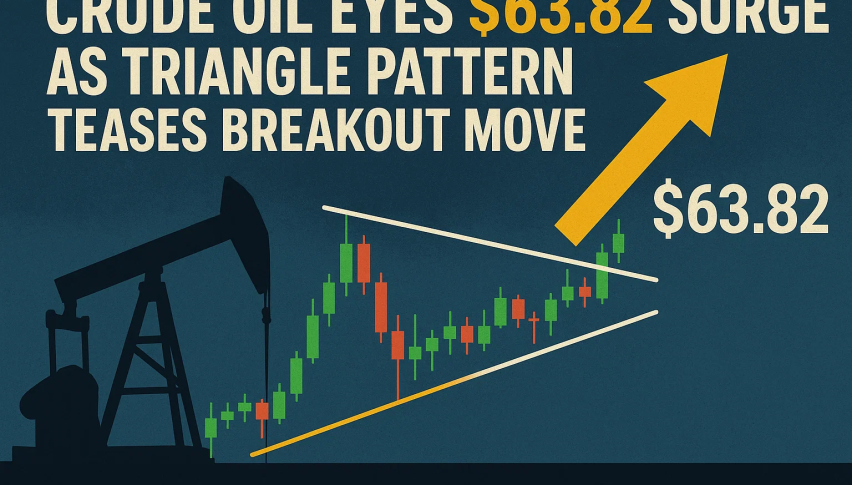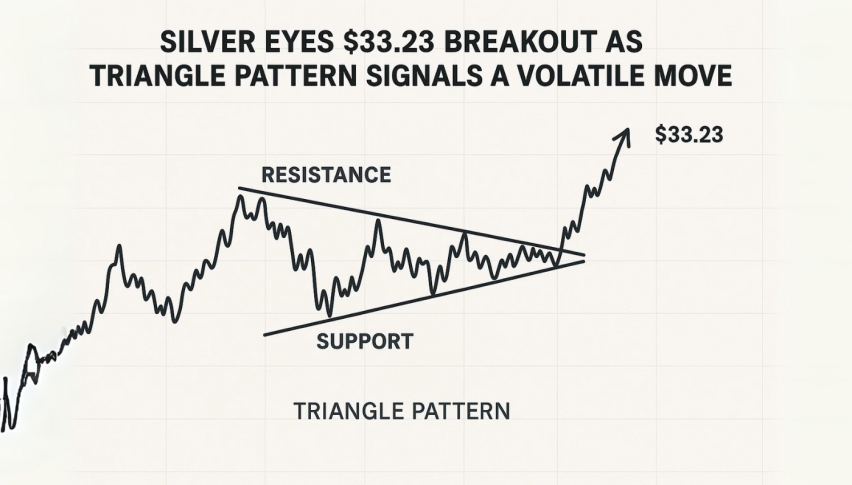Eurozone Manufacturing Improves but Still Remains in Contraction
The Eurozone economy has deteriorated and manufacturing remains in deep contraction despite a small improvement today
The economy of the Eurozone has decelerated a lot in recent months after the shortlived revival at the start of this year. The trade tariffs war turned the global economy softer and it continued throughout the year, but we saw a small relief at the beginning of this year as tensions declined.
But, the trade tensions escalated again, which returned the global economic weakness. Many sectors have fallen into stagnation and even contraction in different developed/big countries, but the most damaged sectors are the manufacturing and industrial sectors. The industrial production has been declining in most of the last several months in the Eurozone and in Germany, it has been declining most of the time since the beginning of 2018.
In February, the manufacturing sector fell into contraction in the Eurozone and in March it fell deeply. In Germany the contraction started in December last year for this sector and it has now dived into a deeper contraction than the whole of the Eurozone.
Now, both the Eurozone and the German manufacturing PMI stand at the lowest levels in decades, at 47.7 points for the Eurozone and 44.3 points for Germany. They were expected to increase slightly to 48.0 and 44.6 respectively, this month though and they did improve a bit, with the Eurozone figure ticking up to 47.8 points and German manufacturing PMI increasing to 45.4 points, but that still means contraction.
- Check out our free forex signals
- Follow the top economic events on FX Leaders economic calendar
- Trade better, discover more Forex Trading Strategies
- Open a FREE Trading Account



